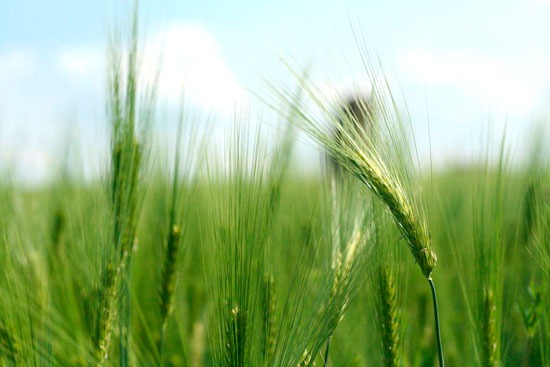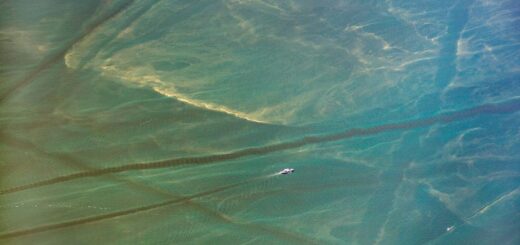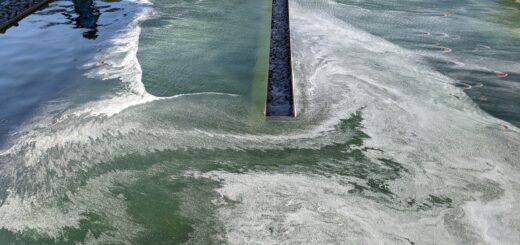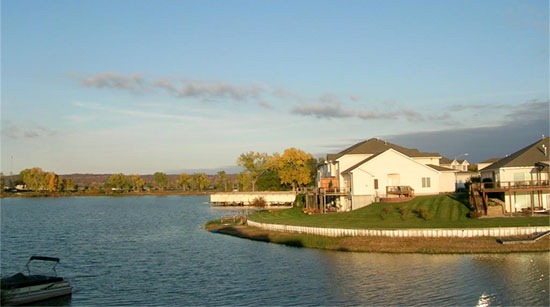Straw residue reduces nitrogen leaching
0
Recent research shows that leaving the straw residue from small grain crops, such as barley, on agricultural plots can help reduce the amount of nitrogen that leaves the system and leaches into the ground.
Fertilizer from farm land is the largest source of non-point nitrogen runoff in the nation, and research is being committed to determining how to maintain the immense benefits nitrogen has for crops while minimizing its impact on local water quality.
A recent study shows that using straw residue from small grain crops, such as barley or rye, along with legume cover crops can inhibit how much nitrogen leaches into the ground. The catch, though, is it also appears to reduce crop yields.
The study, conducted by Anna Starovoytov at Penn State, assessed how well straw residue could immobilize nitrogen that was mineralized from legume crops, which would keep it from seeping into the ground. (See the full study [PDF], published in the May/June 2010 issue of the Agronomy Journal)
Legume crops serve as an alternative to using artificially produced nitrogen fertilizers. But the mineralized nitrogen produced from these crops are still prone to leaching into ground and surface waters if it is not produced at a rate similar to the crop nutrient uptake. Compounding this issue, the release of nitrogen from legume crops fluctuates greatly depending on temperature, soil water content, and other environmental factors, according to the study.
During the study, straw residue from a preceding crop was left on fields prior to planting the legumes and then a corn crop. The straw residue successfully helped block nitrogen from seeping into the ground. On average, across sampling dates, soil inorganic nitrogen was 7.3% lower on fields with the straw residue.
The residue, however, also immobilized nitrogen to such an extent that it harmed crop growth. During one year of the study, corn grain yields fell 16% below the county average, according to the study.
Starovoytov concluded that although small grain residues can reduce nitrogen losses, it may reduce crop yields in some years. The study notes that further research is required to gain a better understanding about what factors affects legume nitrogen availability in order to better integrate it in fertilizing systems.
Agricultural fertilizer runoff presents an immense danger to water quality across the nation. These nutrients can contaminate the water and cause eutrophication, feeding harmful algal blooms and leading to oxygen-depleted dead zones. Nitrates also pose human health risks if they reach drinking water supplies. They are linked to blue-baby syndrome, cancer, and birth defects.
Management of Small Grain Residues to Retain Legume-Derived Nitrogen in Corn Cropping Systems [PDF] [Agronomy Journal]
Image Credit: http://www.flickr.com/photos/dotmartin/2536297227/













